Uncommon Options for Winter Containers
With a beauty all their own during winter, plants as they appear in nature offer many design possibilities
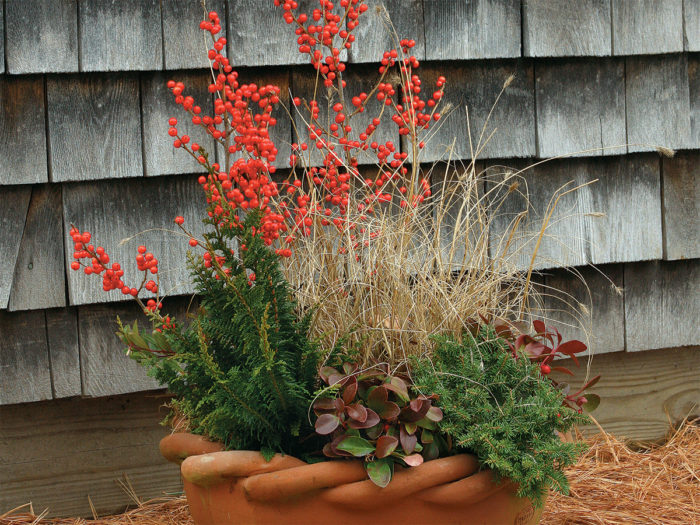
Winter containers can be a challenge. With fewer plants available in many parts of the country, even the best container designers often resort to arrangements of cut greens and colorful branches. Some might add fruit, pine cones, or lights to distinguish their containers from the ubiquitous greens and winterberry arrangements, but not so with our featured winter container designer, Roanne Robbins of Kittery, Maine. Roanne’s philosophy is simple: Plants possess a beauty all their own during winter—dormant or not—and designing with them as they appear in nature opens up many possibilities. Have a look at her unique and sustainable approach to container design. We guarantee you’ll never look at winter container gardening the same way again.
Learn more: Crafting Your Own Winter Container
Tall, lean, and sleek
This upright oblong container calls for a slender composition that picks up on its yellow tones. A palette of gold and deep green plants with needlelike textures does the trick. The green foliage and yellow-toned plants move your eye seamlessly through the arrangement, while a broad-leaved osmanthus grounds the planting. A spray of yellow-twig dogwood branches adds just the right finish.
1. Yellow-twig dogwood sticks (Cornus sericea cv., USDA Hardiness Zones 3–8)
2. Japanese umbrella pine (Sciadopitys verticillata, Zones 5–9)
3. ‘Goshiki’ variegated osmanthus (Osmanthus heterophyllus ‘Goshiki’, Zones 7–9)
4. ‘Pygmaea’ dwarf Japanese pieris (Pieris japonica ‘Pygmaea’, Zones 6–8)
5. ‘Kramer’s Red’ heath (Erica × darleyensis ‘Kramer’s Red’, Zones 7–8)
6. ‘Fernspray Gold’ false cypress (Chamaecyparis obtusa ‘Fernspray Gold’, Zones 4–8)
Create a natural look and feel
The fine texture of the Alberta spruce and the broad leaves of the leucothoe pick up on the warm tones and lined texture of the container. The small grouping of wintergreen, woodland moss, and a couple of clusters of redtwig dogwood create a relaxed, natural feel.
1. Dwarf Alberta spruce (Picea glauca ‘Conica’, Zones 2–6)
2. Redtwig dogwood branches (Cornus alba cv., Zones 2–8)
3. Wintergreen (Gaultheria procumbens, Zones 3–8)
4. Assorted mosses
5. ‘Scarletta’ leucothoe (Leucothoe fontanesiana ‘Scarletta’, Zones 5–8)
6. Cotoneaster (Cotoneaster dammeri, Zones 5–8)
Play up the tones of the season
Wintergreen is used effectively to break up the evergreens, while picking up nicely on the hues of the berries and the terra-cotta planter. The ornamental grass centers the planting, drawing your eye evenly to each element.
1. Winterberry (Ilex verticillata, Zones 5–8)
2. Fountain grass (Pennisetum cv., Zones 6–11)
3. ‘Elegans’ Norway spruce (Picea abies* ‘Elegans’, Zones 3–8)
4. Compact fernspray hinoki cypress (Chamaecyparis obtusa ‘Filicoides Compacta’, Zones 4–8)
5. Wintergreen (Gaultheria procumbens, Zones 3–8)
Tip: It is important to water live plants in winter containers until the soil freezes and then again in spring when there is a thaw.
Add a pop of color to late winter
A Korean fir takes center stage in this antique galvanized vessel, while commanding leafless birch branches mimic a stark winter landscape. The hellebore and woodland sedge give the planting a burst of color and movement—the fine strands of the variegated sedge break up the dark leaves of both the fir and the hellebore.
1. River birch branches (Betula nigra ‘Little King’, Zones 4–9)
2. ‘Silberlocke’ Korean fir (Abies koreana ‘Silberlocke’, Zones 5–8)
3. ‘Nana Gracilis’ hinoki cypress (Chamaecyparis obtusa ‘Nana Gracilis’, Zones 4–8)
4. Gold Collection® Jacob hellebore (Helleborus niger ‘HGC Jacob’, Zones 4–8)
5. ‘Evergold’ sedge (Carex oshimensis ‘Evergold’, Zones 6–9)
Top-dress winter containers
Using reindeer moss in a winter planter serves two important functions: It offers contrasting color and texture when spread between evergreens, and it provides much-needed insulation during days with freezing temperatures.
1. ‘Blue Princess’ holly (Ilex × meserveae ‘Blue Princess’, Zones 5–9)
2. ‘Blue Point’ juniper (Juniperus chinensis ‘Blue Point’, Zones 3–9)
3. Wintergreen (Gaultheria procumbens, Zones 3–8)
4. Cotoneaster (Cotoneaster dammeri, Zones 5–8)
5. Assorted mosses
Tip: Perennials, such as hellebores, look lovely in containers. But be sure to ask your grower if the plants have been hardened off, or they may not survive outside.
Go for gold
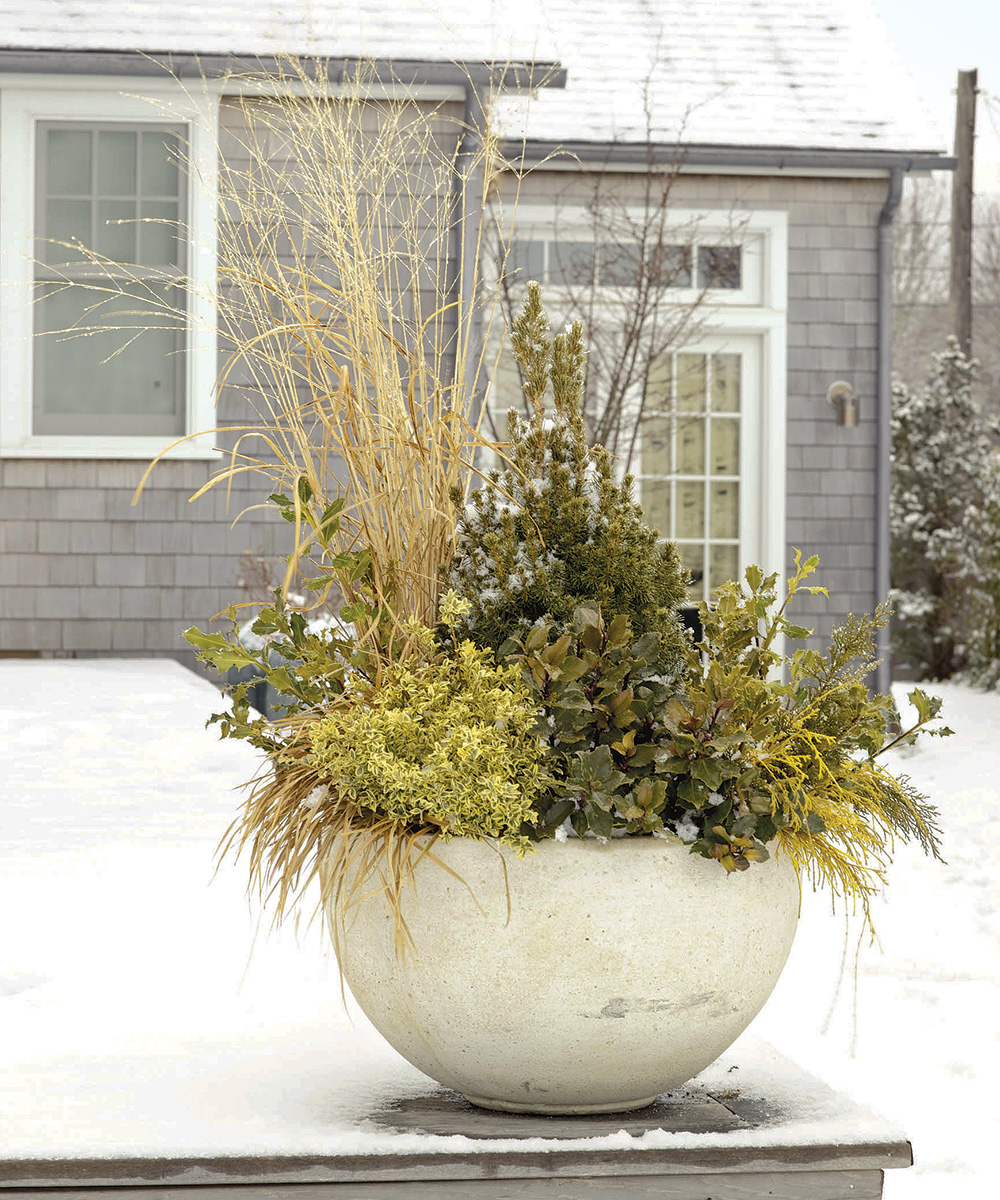
The plants in this container are colorful enough to stand out against even the grayest of winter days. Placing them in a white vessel additionally illuminates the gold tone of the cypress, the variegation of the boxwood, and the tawny blades of the ornamental grasses.
1. ‘Heavy Metal’ switchgrass (Panicum virgatum ‘Heavy Metal’, Zones 5–9)
2. Dwarf Alberta spruce (Picea glauca ‘Conica’, Zones 2–6)
3. Holly (Ilex sp., Zones 5–9)
4. ‘Marginata’ variegated boxwood (Buxus sempervirens ‘Marginata’, Zones 6–8)
5. ‘Golden Mop’ Sawara cypress (Chamaecyparis pisifera ‘Golden Mop’, Zones 4–8)
6. ‘Ice Dance’ sedge (Carex ‘Ice Dance’, Zones 5–9)
Tip: Leave stones and mosses in a container throughout the year, and rework your design around them to reflect seasonal plant options. The perennials or shrubs that you remove from season to season can be added to the garden.
Create a garden scene
Adding a large stone to a planter is an effective way to form a scene not often found in container plantings. The stone serves as a foundation—much like hardscaping in a garden—and provides spaces around which to create movement and depth with plants.
1. Assorted mosses
2. Wintergreen (Gaultheria procumbens, Zones 3–8)
3. ‘Blue Planet’ spruce (Picea glauca ‘Blue Planet’, Zones 2–6)
4. ‘Jean’s Dilly’ spruce (Picea glauca ‘Jean’s Dilly’, Zones 2–6)
5. American beautyberry (Callicarpa americana, Zones 5–9)
Roanne Robbins is a floral and garden designer, amateur baker, and moss collector in Kittery, Maine. She is coauthor of Continuous Container Gardens: Swap in the Plants of the Season to Create Fresh Designs Year-Round and a firm believer that container planting is most successful when there is little plant waste from season to season.
Q: What myths exist about container design?
A: I’m not for the whole “thrillers, fillers, spillers” mantra. I think we should move away from oversimplifying container design and bring real design terms into the conversation. Gardeners young and old should be concerned with texture, balance, scale, form, motion, and proportion. It’s not as catchy, but it will give you a bit more freedom and range.
Q: What are some of your go-to plants for container design?
A: I love using ground covers and strawberries as textures. Experimenting with unexpected perennials in container designs is also super fun.
Q: Are there container design styles the way there are garden or landscape design styles?
A: I feel that container design styles are the same as garden design styles. That said, I don’t know how seriously we should take these labels. A boxwood in a galvanized trough could just as easily fit a cozy-cottage, eco-chic, or modern-minimalist style. To me, design is more about the story you are trying to tell, the mood you are trying to capture, and the connections you are trying to make to the larger environment than about in which category the planting fits.
Q: If you were forced to use only one plant in a container, what would it be?
A: I love shrubs that change from season to season. I adore fothergilla (Fothergilla spp. and cvs., Zones 4–8) in a containerized setting. A single plant like that can constitute a design so long as it interacts well with the vessel and its surroundings.
Q: Are there any plants that don’t belong in a container?
A: No. I’m all for experimentation, even if you end up with a failure. Every three years or so, I plant a redbud (Cercis spp. and cvs., Zones 4–10) in a container, and it never goes well. One of these days, I hope it will work out.
Photos, except where noted: Lynn Felici-Gallant
Illustrations: Elara Tanguy
Fine Gardening Recommended Products

Corona E-Grip Trowel
Fine Gardening receives a commission for items purchased through links on this site, including Amazon Associates and other affiliate advertising programs.

Attracting Beneficial Bugs to Your Garden, Revised and Updated Second Edition: A Natural Approach to Pest Control
Fine Gardening receives a commission for items purchased through links on this site, including Amazon Associates and other affiliate advertising programs.

DeWalt Variable-Speed Cordless Reciprocating Saw
Fine Gardening receives a commission for items purchased through links on this site, including Amazon Associates and other affiliate advertising programs.
- 18.31 x 6.13 x 4 inches
- 1-1/8-inch stroke length
- Variable speed trigger with 0-3000 spm



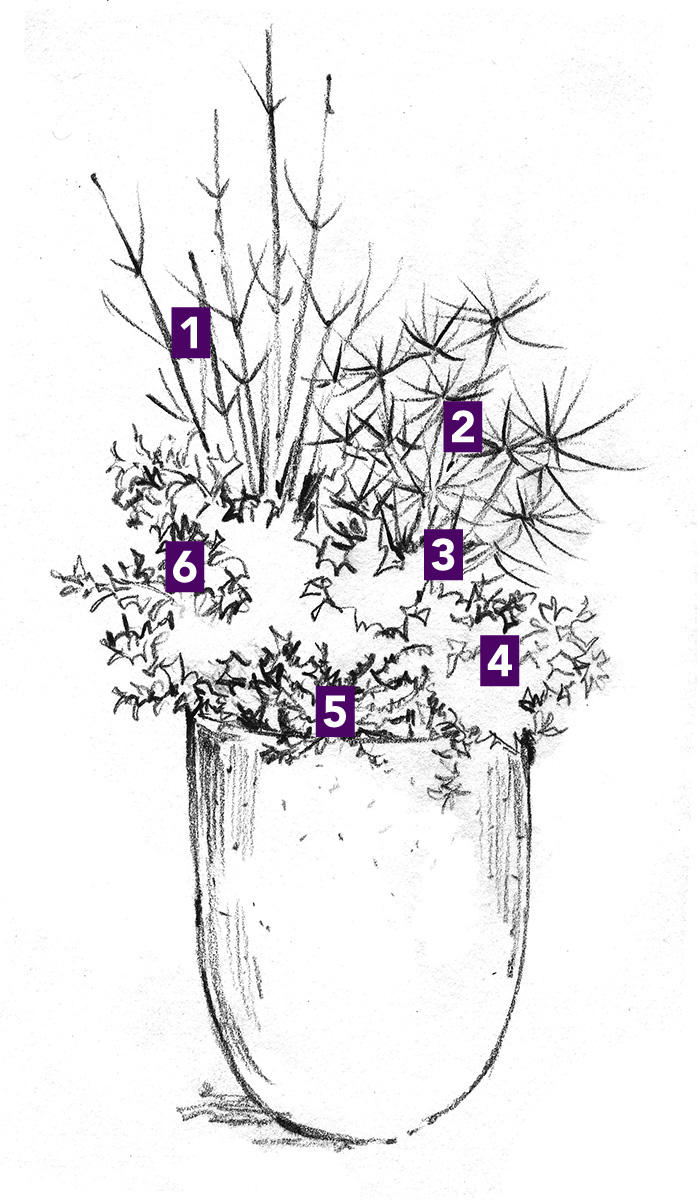
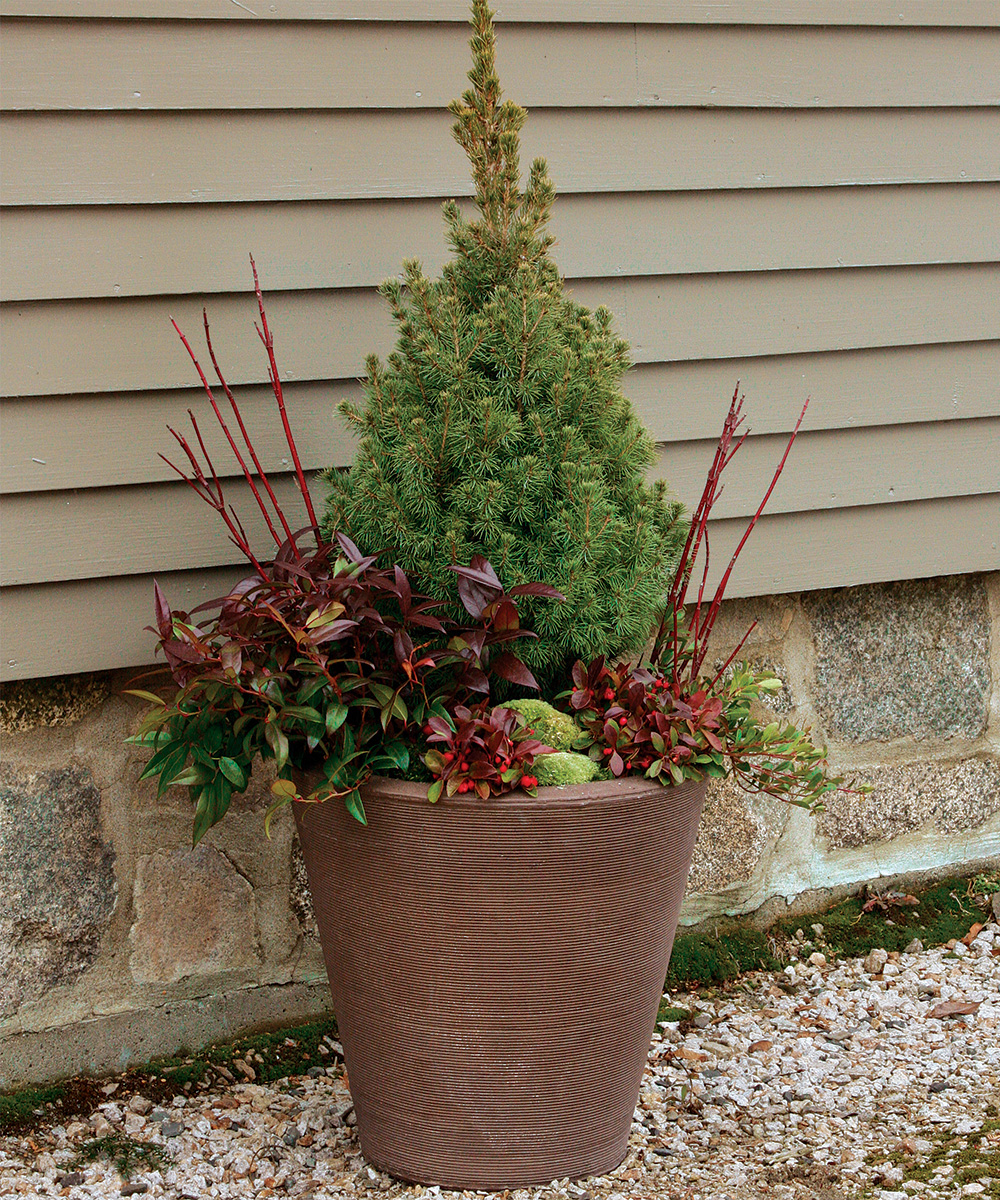

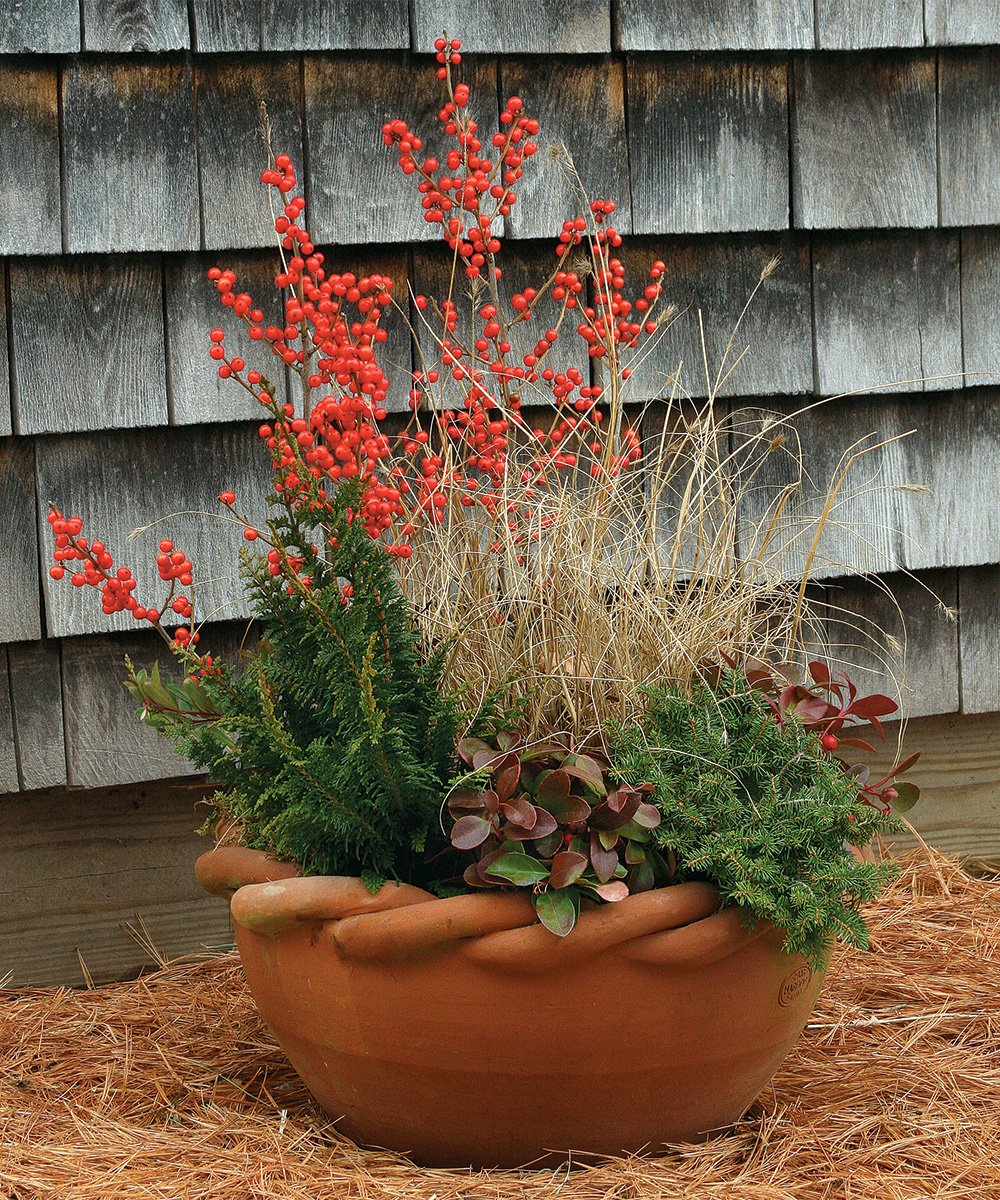
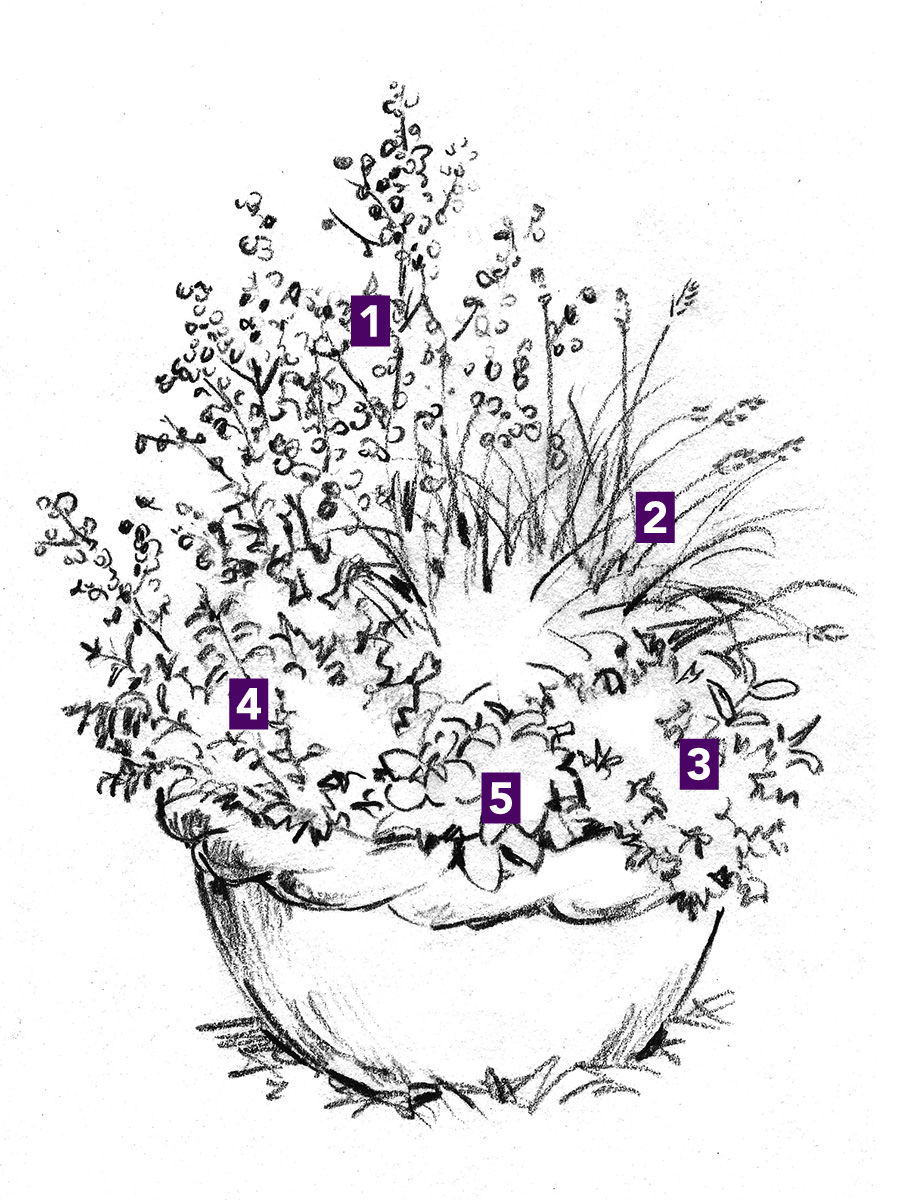
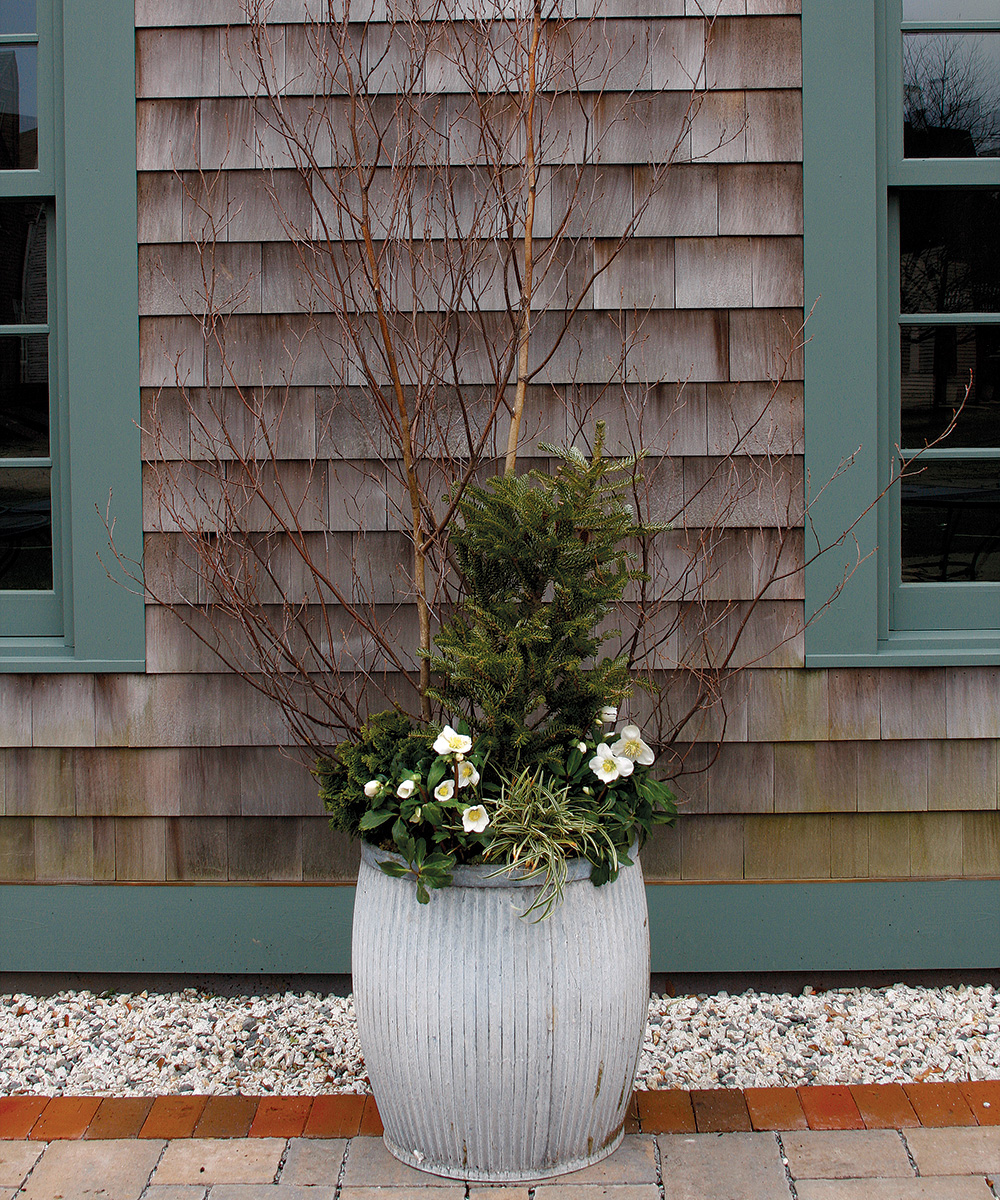

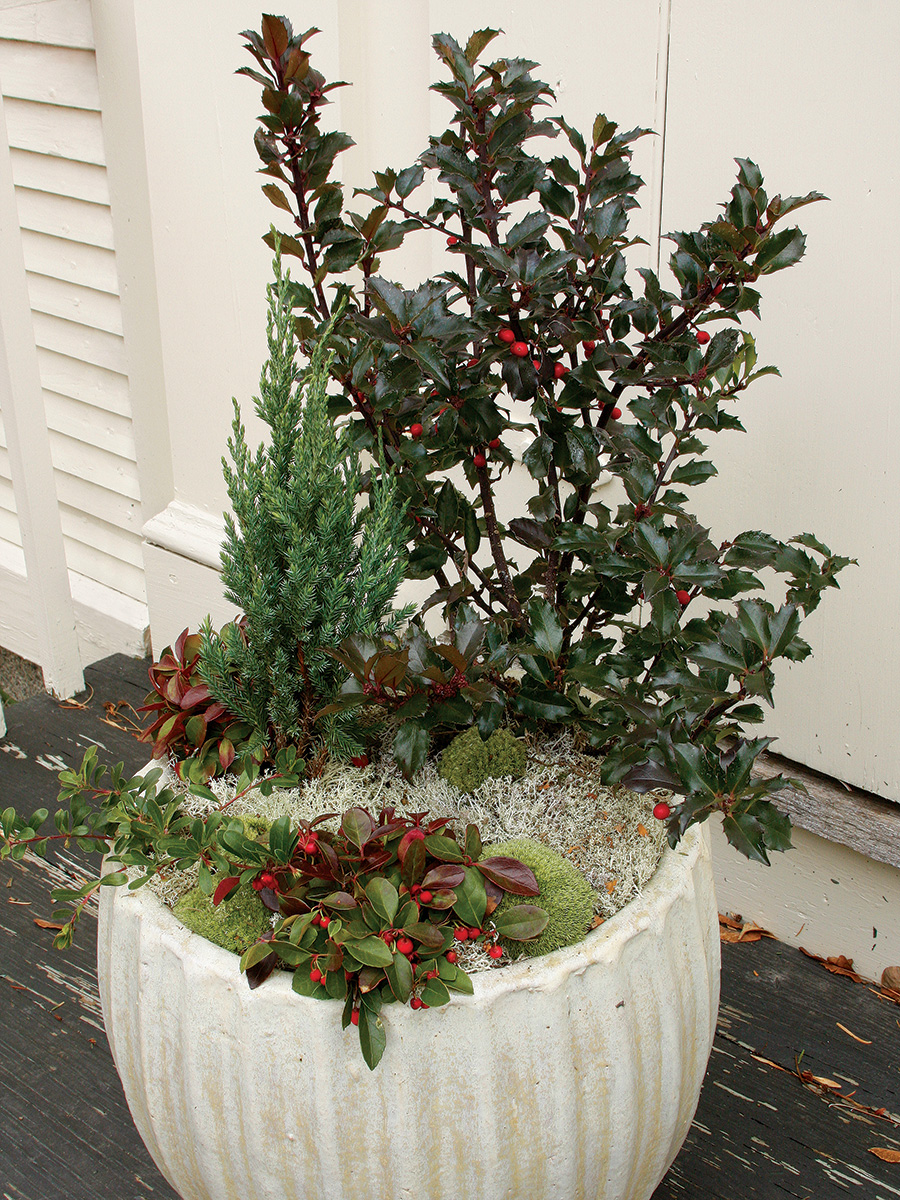
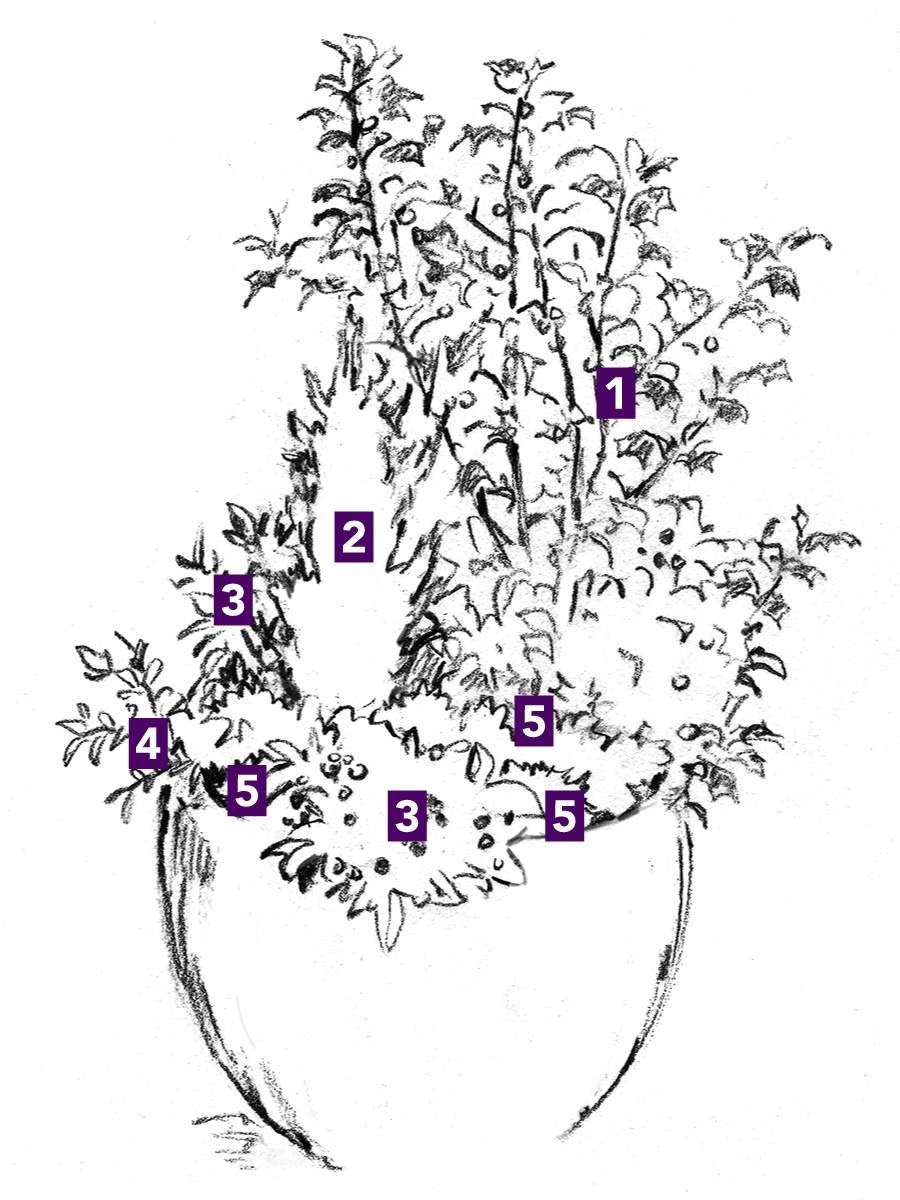
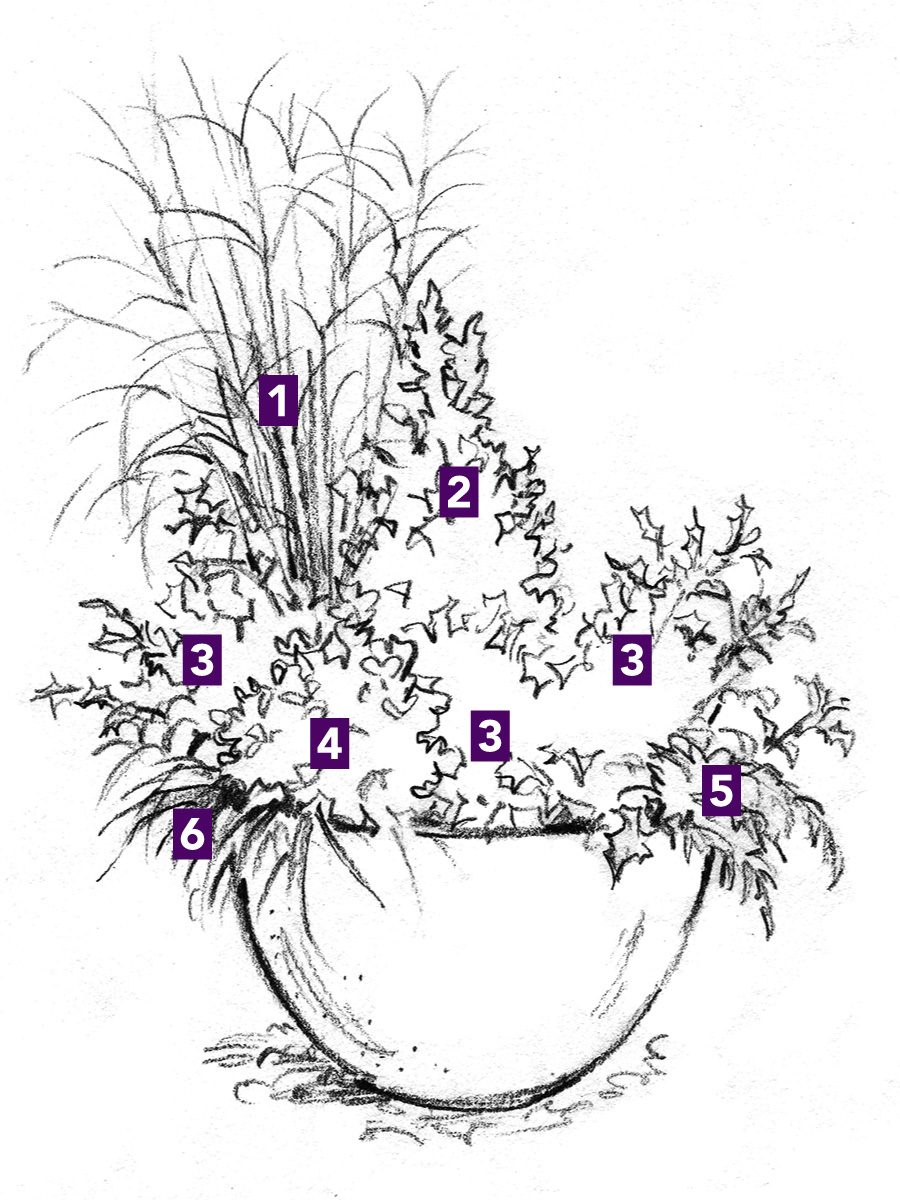
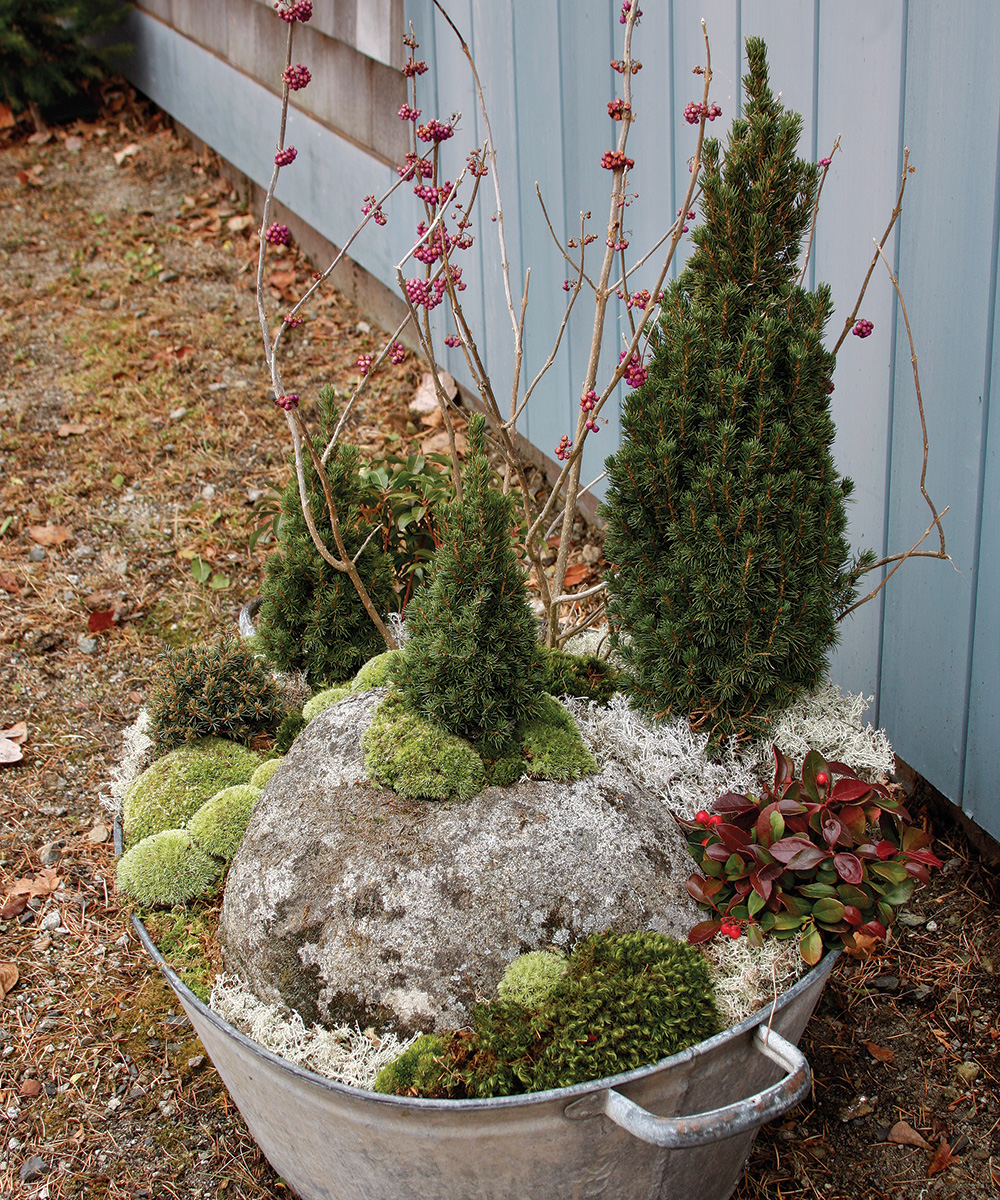

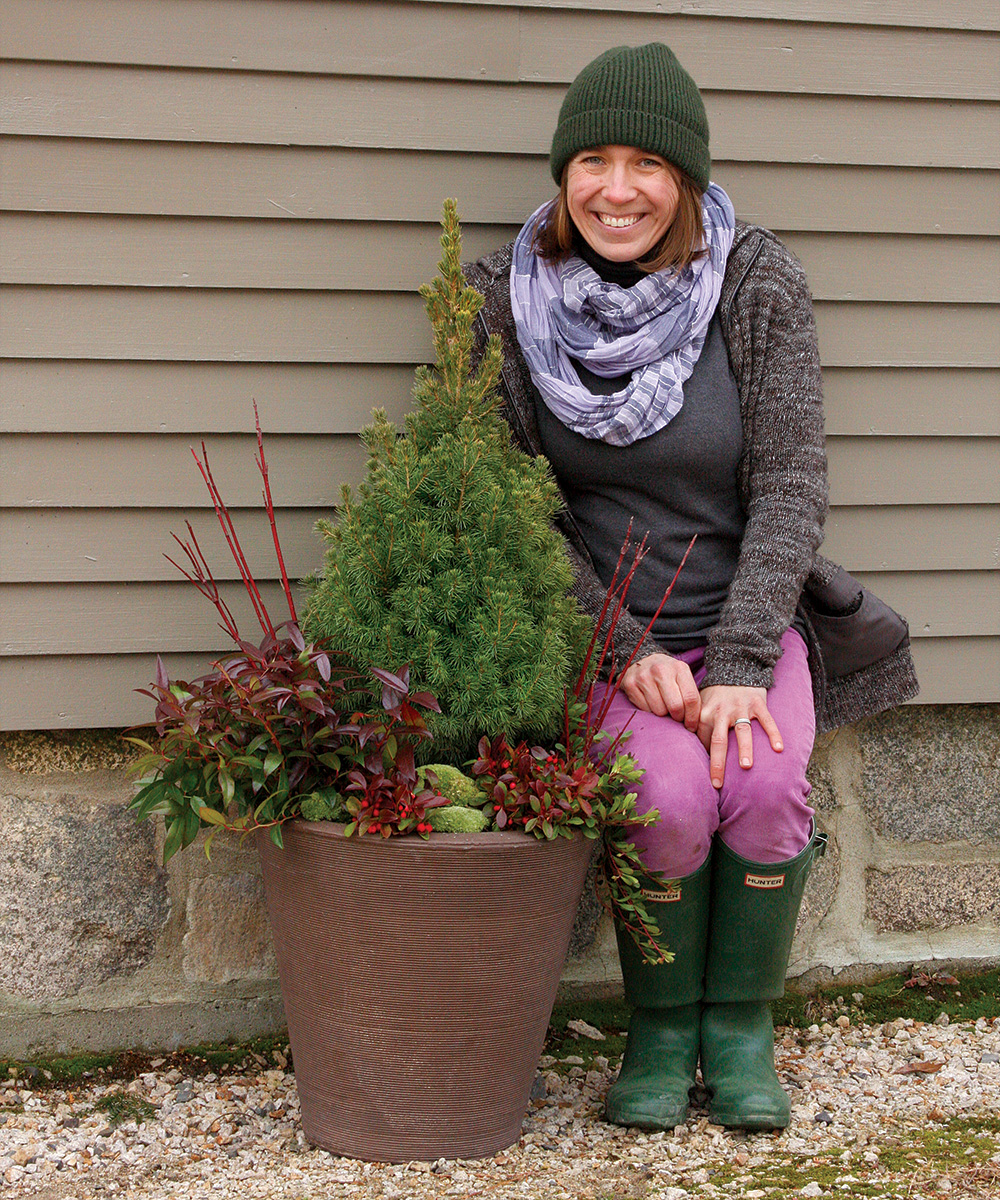




Comments
Log in or create an account to post a comment.
Sign up Log in